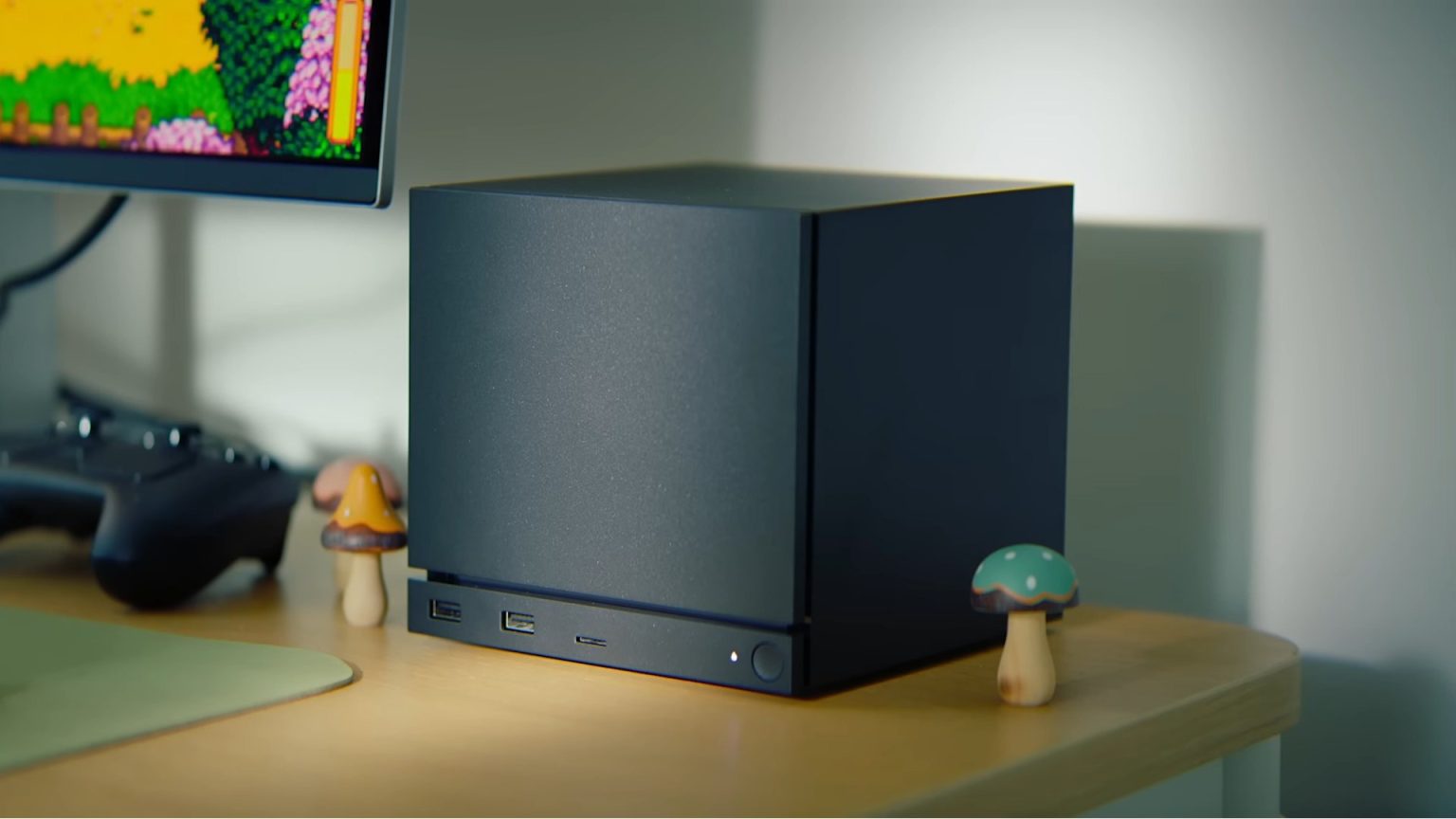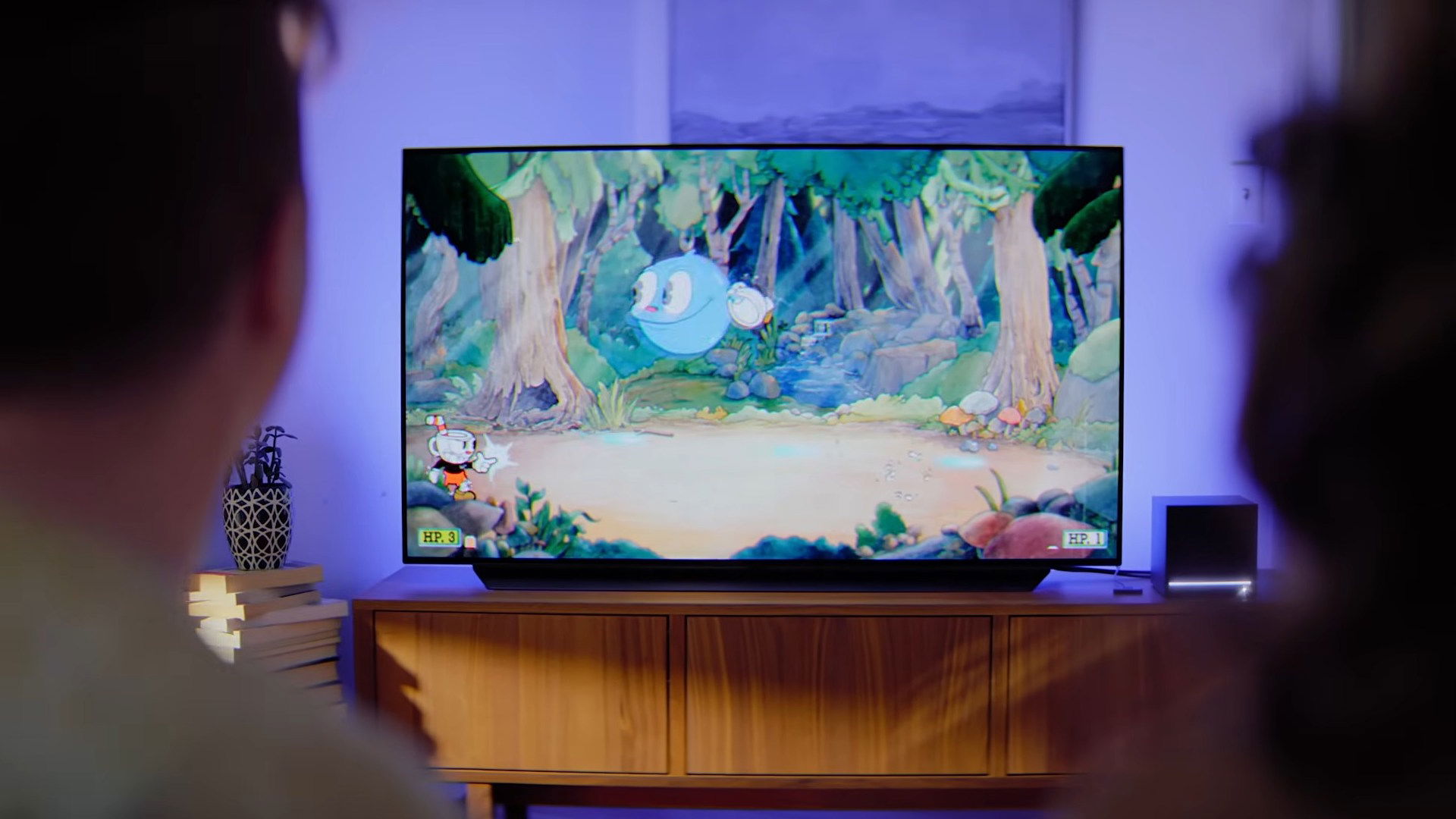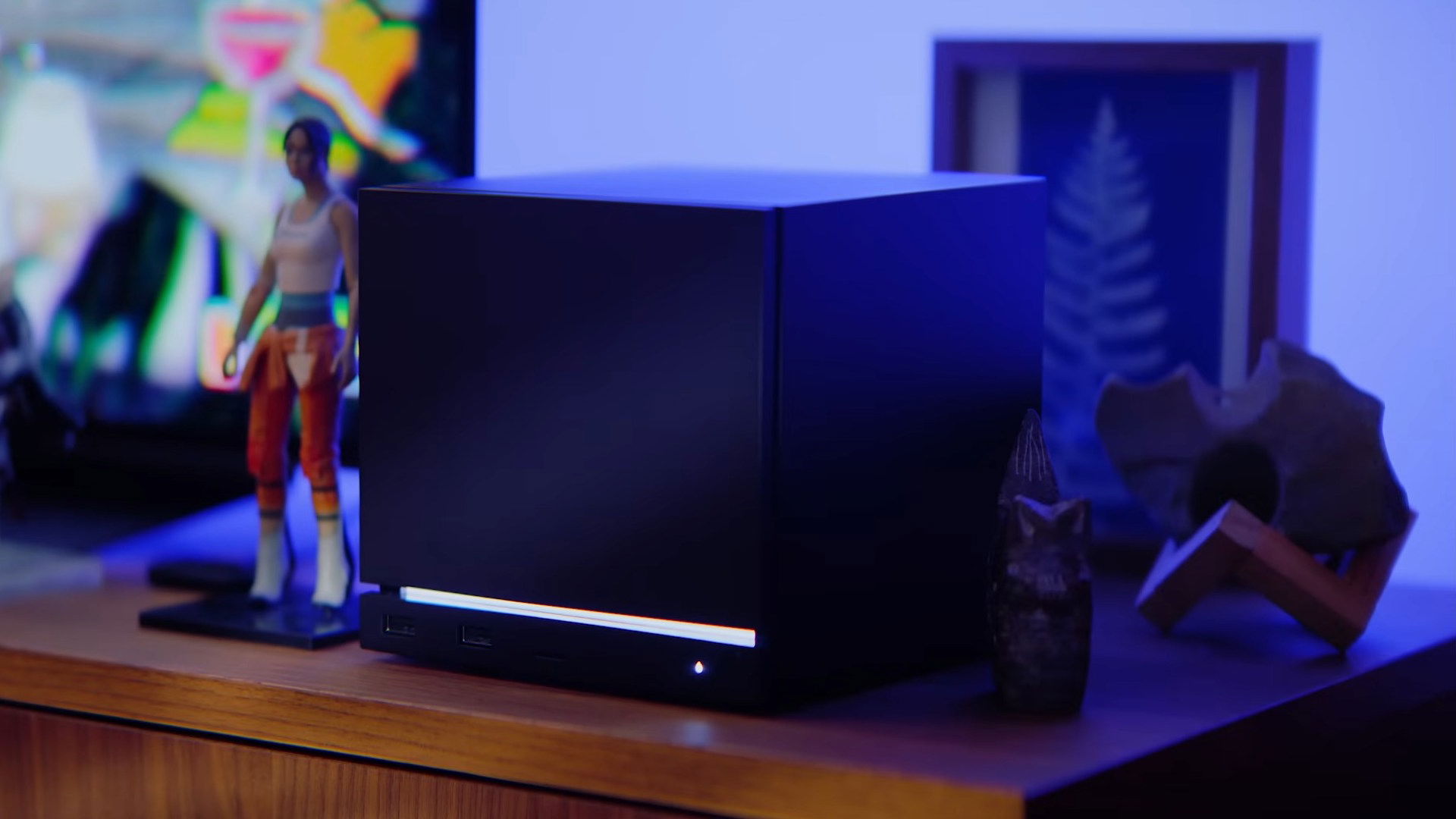Yes, yes. I am super excited about Valve’s renewed interest in the Steam Machine initiative and the announcement that a much better version of the living room PC gaming experience is not only being worked on but will be released in 2026. I am beyond excited with what was shown and the hype around it has me ready to fork over my cash, assuming it is priced right.
However, a part of me wonders if Valve has actually learned anything from the mistakes it made with the Steam Deck. And yes, I really do consider the Steam Deck’s distribution a blunder. Wild, I know, but let me explain why I think that.
Lessons From the Steam Deck Launch
When the Steam Deck first launched, it was only available from the Steam website. That made sense on paper, and PC gamers knew exactly where to find it. But that was the problem. Only PC gamers or people who followed gaming outlets, tech journalists, or social media creators knew it existed. A massive number of everyday shoppers had no idea the Steam Deck was even a thing. I always felt that was a major issue.
Months later, the Steam Deck was still only available on Valve’s website. Regional support was also extremely limited. Some countries could not buy one at all. Australia, for example, could not officially purchase a Steam Deck until November 2024, two years after the hardware launched.
What really hurt Steam Deck sales was the complete lack of presence in big box stores or their online storefronts. You could not walk into Best Buy, Target, Walmart, GameStop, Microcenter, or Amazon and buy one. These are the places where most people shop for gaming hardware. Meanwhile, you can stroll into any of those stores and instantly buy a PlayStation, Xbox, Nintendo Switch, or several other gaming devices.
While Valve doesn’t release sales figures, it has been approximated that 4 million Steam Decks were sold by early 2025. While that number isn’t bad, when you figure the lack of advertising and discoverability, it possibly could have been much more.
This is exactly why the Steam Machine cannot afford the same kind of rollout. The Steam Deck thrived because PC gamers already knew where to find it and were plugged into the conversation. A living room system is a completely different audience. If Valve wants the Steam Machine to compete with PlayStation, Xbox, and Nintendo, it needs to be visible everywhere those devices live. That means retail shelves, in-store displays, commercials, and real marketing support. If the Steam Machine launches the same way the Steam Deck did, it will only reach the existing SteamOS crowd and miss the entire mainstream market that actually decides what sits under the average television.
And before you go “But it’s a PC, it’s not a console”, just stop. Valve themselves have said that it wants to leverage this in living rooms. For Pete’s Sake, it was said in the video where they talk about the device. PC or not, this is going to be referred to as a console. You’re kidding yourself otherwise.
Ok…. let’s continue.
Why Retail Presence Matters for the Steam Machine
The Steam Machine is not going to be fighting for the attention of hardcore PC gamers. It is going to be fighting for a spot in the living room, which means it is entering a space that has been dominated by traditional consoles for decades. Console buyers do not live on Steam’s homepage. They walk into Target and Best Buy. They browse Amazon. They watch commercials during basketball games. They notice holiday ads and gift guides. This is the audience Valve needs if it wants the Steam Machine to break out of the niche PC gaming bubble.
Right now, PlayStation, Xbox, and Nintendo all have one major advantage. They are always visible. They sit on shelves at every major retailer. They have demo kiosks that let you experience the hardware before buying it. They show up in circulars, weekly ads, front page promotions, and holiday bundles. They run commercials on TV and streaming platforms. They get impulse buys from parents who are simply looking for a reliable gift. They benefit from being everywhere the average consumer looks.
What Valve Must Do to Make It Mainstream
If Valve wants the Steam Machine to compete at that level, it needs to match that presence. It cannot rely on a single storefront again. It cannot hide the device behind an online preorder queue or a request invitation system. The Steam Machine needs to be on Amazon with Prime shipping. It needs to be next to the PS5 and Xbox at Best Buy. It needs to be in Walmart’s gaming aisle. It needs a real advertising push that shows people what SteamOS can do in the living room and why this device is worth choosing over a gaming traditional console.
And here is the truth. The living room market is not forgiving. If people cannot see something, they will not buy it. If parents cannot find it in stores, they will buy something else. If the mainstream audience does not understand what the Steam Machine is supposed to be, then the device will remain a niche product for the existing PC crowd and the launch will fall flat. Valve cannot rely on word of mouth alone. It needs to treat this like a major consumer hardware launch because that is exactly what it is.
At the end of the day, I understand that Valve is a smaller company when compared to Sony or Microsoft, but none the less, Valve has created something impressive, and reveal has already captured attention of those who are in the known. But excitement on the internet is not enough to earn a place in the living room. This time, Valve will need to step outside the digital bubble and show the Steam Machine to the world.
And if you enjoyed this article, be sure to check out my other one where discuss how Linux PC gaming is on the rise.





